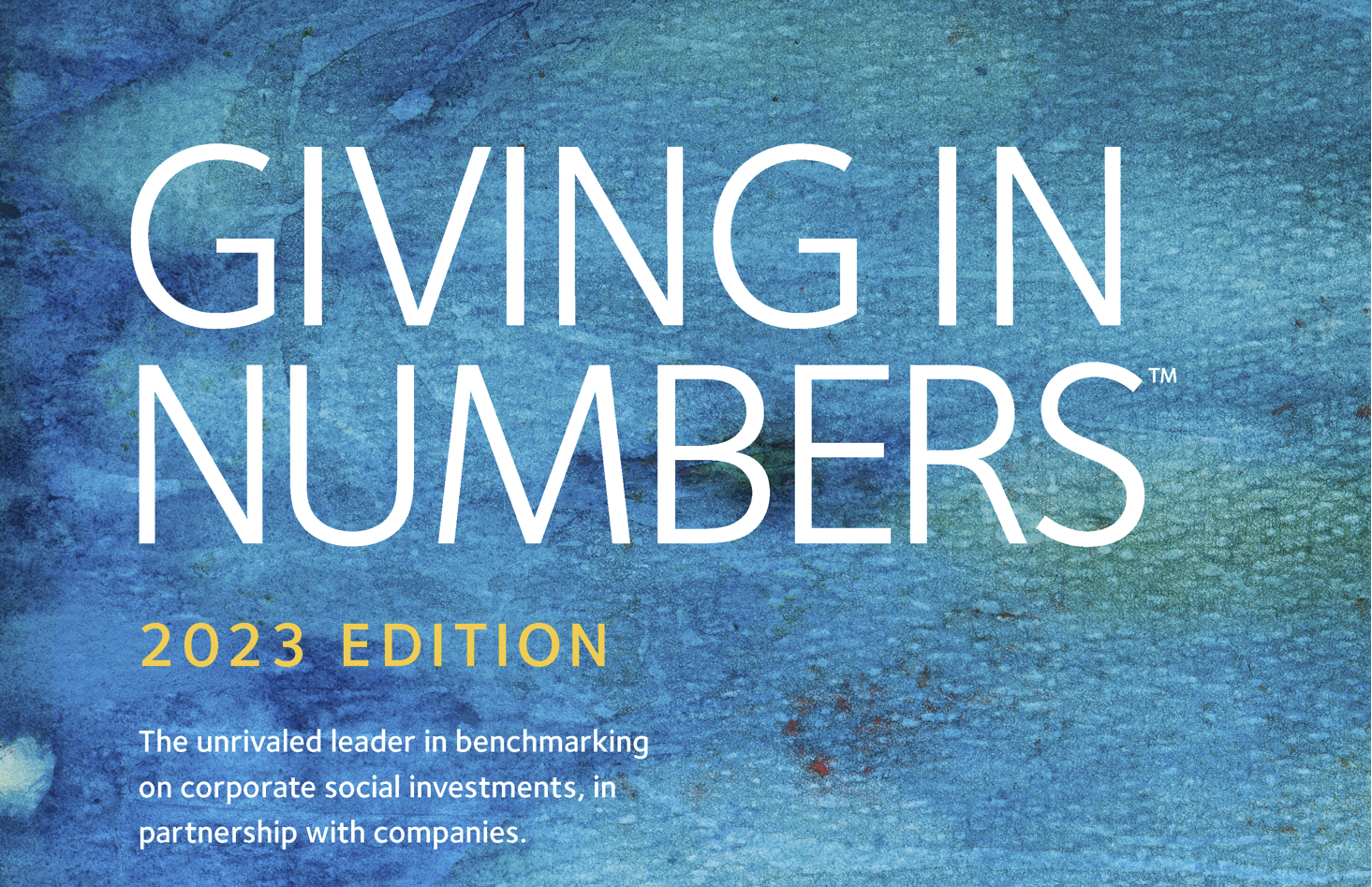As we approach Giving Tuesday, a day dedicated to generosity since 2012, let’s delve into some key insights about corporate philanthropy from the Giving in Numbers™: 2023 Edition, specifically focusing on Total Community Investments and Matching Gifts.
Total Community Investments: A Slow, Steady Climb
The report reveals a nuanced picture of corporate community investments in recent years. A few years following the height of COVID-19 there has been a noticeable decline in its community investments, with a 14% drop in 2022 compared to 2020. This trend marks the end of heightened COVID-19-related community spending. Despite this overall decrease there was a slight rebound between 2021 and 2022 with a 1% increase in community investments. This increment indicates a gradual recovery, albeit at a slower pace compared to the growth rates experienced before the pandemic.
Another notable trend is the shift in these types of investments. While total community investments have decreased, the report points out a significant change in the composition of these investments. Specifically, there is a decrease in non-cash contributions, which played a large role in the decline. However, on a brighter note, foundation cash contributions have been on the rise, suggesting a strategic pivot in how corporations are channeling philanthropic efforts.
Matching Gifts: A Key Strategy for Employee Engagement
Matching gifts, which are a cornerstone of corporate community investment, have seen interesting fluctuations. Between 2020 and 2022, there was a 4% decrease in total matching gifts. But looking at a broader timeline from 2018 to 2022, there is an encouraging 16% increase over that same time frame. This indicates a strong commitment to matching gifts as a long-term strategy, despite short-term variances.
That said, employee participation in these programs declined slightly, dropping by 2 percentage points from 2020. Nonetheless, the prevalence of matching gifts programs is on the rise, with the percentage of companies offering at least one matching gift program increasing from 93.4% in 2020 to 94% in 2022. This upward trend is mirrored in the financial commitments to these programs, as the median proportion of matching gifts relative to total cash community investments grew from 8.7% to 10.3% over the same period.
Overall matching-gifts programs continue to be a vital tool for employee engagement. They are used by 65% of Fortune 500 companies, underscoring their value in fostering a culture of corporate social responsibility and employee involvement in charitable causes.
Giving Tuesday Reflections
As we reflect on these trends, a few key implications emerge. First, the shift toward foundation cash and away from non-cash donations could signify a more strategic, focused approach to community investments. Corporations seem to be moving toward investments that could offer more tangible, measurable impact.
The resilience of matching-gifts programs, despite recent dips, highlight the enduring value companies place on these initiatives to engage employees in local community investments. This approach not only enhances the impact of individual giving, but also strengthens the company’s overall culture of social responsibility.
As we celebrate Giving Tuesday today, the insights from this year’s Giving in Numbers™: 2023 Edition remind us of the evolving nature of corporate community investments. They underline the importance of adapting strategies to changing times, while maintaining a strong commitment to community investment and employee involvement in giving.


